Photos: Dazzling Minerals and Gems
Bringing earth and tech together
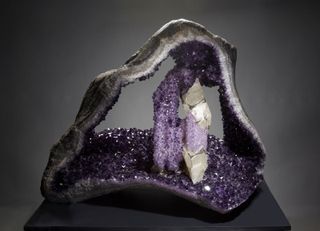
One of the world's most distinguished natural history museums opens a new exhibit — the David Friend Hall — in celebration of the museum's 150th anniversary on Oct. 23, 2016. The Yale Peabody Museum of Natural History offers a state-of-the-art gem and mineral gallery, combining unique ways to view large- and small-scale specimens via dynamic displays with the latest technology. The beauty offered in the new display will intrigue both experts on rocks and minerals and nature lovers looking for unique natural sights.
Touch and feel

Greeting visitors who enter David Friend Hall, a 2,000-lb. (900 kilograms) quartz crystal from Namibia glows in an open-air display, intriguing even the youngest of guests.
Eerie beauty
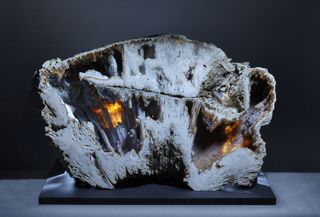
C.R. Beesley gave this chalcedony quartz specimen to the hall. (A chalcedony is a microcrystalline form of quartz.) The facility uses new methods to reduce signage in the gallery by engaging audience members through free software on any smartphone or tablet.
Hands on

Measuring 5 feet long by 4 feet wide (1.5 by 1.2 meters), a 4,000-lb. (1,800 kg) lime-green fluorite with quartz glows eerily at the museum but doesn't deter wide-eyed explorers.
Intriguing forms
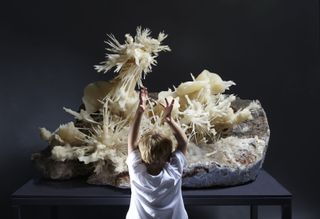
A spindly and spiky aragonite specimen unearthed in the Yunnan Province, China, inspires the imagination. The gallery seeks to expand visitors' understanding of Earth's history and geology.
Desert-roses

With its unique desert-rose structure, a gypsum specimen from the Chihuahuan Desert, Mexico, fascinates rock lovers.
Shiny and glittery
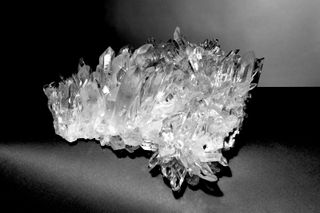
From the Collier Creek Mine in Arkansas, this quartz specimen shimmers and shines. The David Friend Hall will function as programming space for more than 300 public programs annually.
Sign up for the Live Science daily newsletter now
Get the world’s most fascinating discoveries delivered straight to your inbox.
Fragile concretions
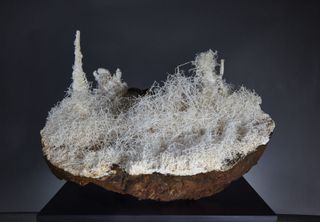
A branching variety of aragonite (a carbonate mineral), called the flos-ferri variety, uncovered in the Yunnan Province is a unique sight.
All tied up

From David Friend's own collection, this never-before-displayed 30-million-year-old sandstone concretion from Fontainebleau, France, exhibits an almost human-made knotted and tied look.
Deep beauty

Discovered in Uruguay, this glittering amethyst piece with calcite, another from David Friend's collection, graces the new hall.
Stunning shapes

A stunning agate (a microcrystalline quartz) with deep blues around the border found in Brazil, is on loan to the David Friend Hall from the collection of Cap and Joan Beesley.
